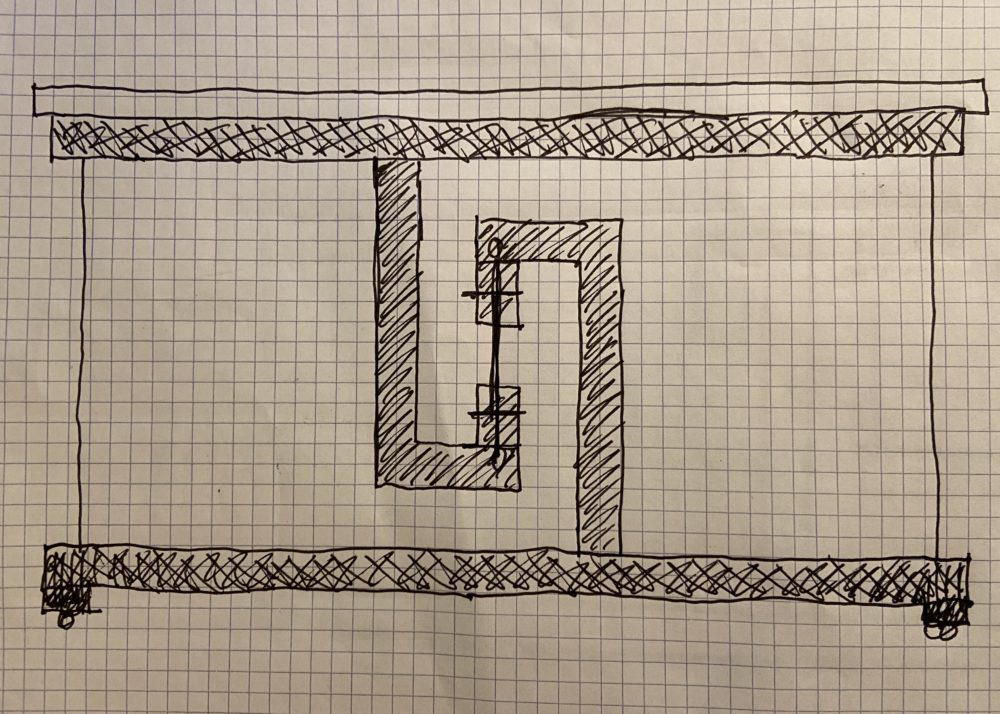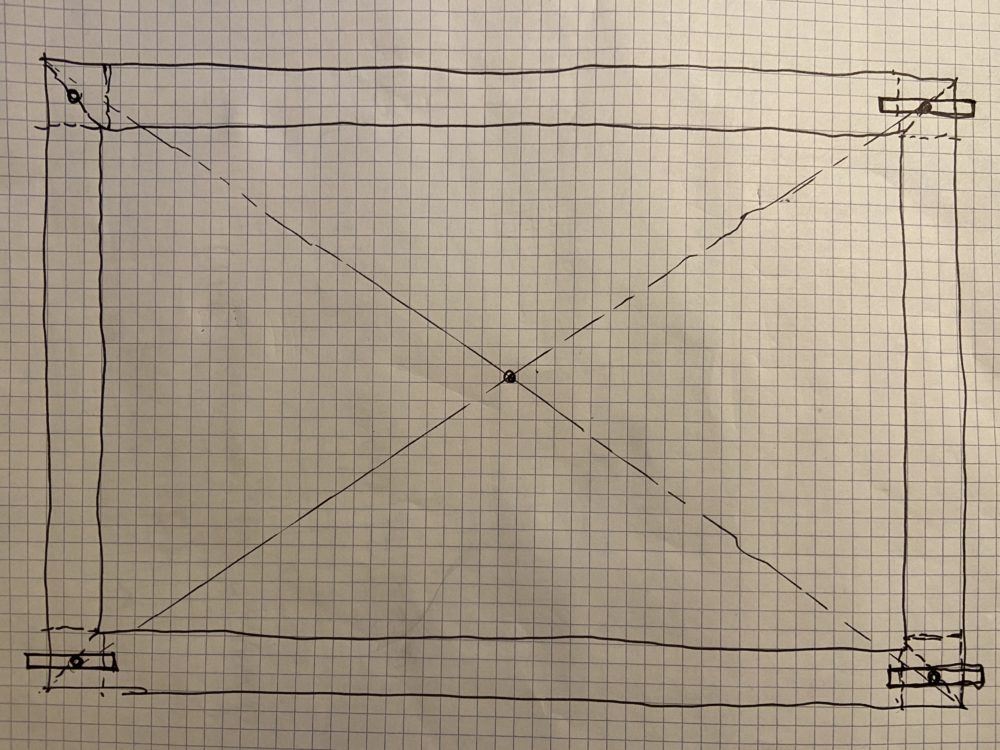For my main semester project, I am going to be building a ‘tensegrity’ base for a coffee table. A ‘tensegrity’ design is a tension-based structure that creates a sort of floating illusion. These designs operate on the principle of opposing tension to create stability. A lot of the designs that I have seen out there seem to be very wobbly and/or crudely but together. To a certain extent this wobble helps to sell the illusion of the floating top, and for the purposes if this project, this is what makes the design dynamic. That being said, I am interested in creating a high-strength, high-tension design which maximizes stability, while remaining elegant and refined, and also retaining this floating aesthetic.


The focus of my project will be on building specifically a steel base, which will have tabs to attach different table tops and under storage facades (framed within the steel). Depending on how the base comes out and how much time I have left when the base is completed, I will either throw on a table top that I already have or just make a new one.

My general design will follow a similar form to this crude prototype I made a while back. Basically, there are two identical bodies which are attached via 5 cords (4 cords at the corners with opposing tension to the fifth cord in the center).
For the structure of the base, I will be using 2”x2” tube steel to create the 2 identical bodies. For the high-tension cords, I will use 1/4” braided steel cable, tensioned using high-strength turnbuckle tensioners. As an upper limit for the maximum tension on each of the 4 corner cables, I have chosen a 500 lb cap, translating to 2000 lb of tension on the center cable. In reality, I would expect to put closer to 100 or 200 lb of tension on each corner cable, but to be safe I will be working with a steel cable which has a breaking strength of 6000 lb (3 times that of the theoretical maximum). I have also done some preliminary defection calculations, using the theoretical maximum tension values, to make sure that the bending forces will not cause deformations of greater than 0.1” in the tube steel.
I am looking forward to finalizing my design and getting the process started!


Here are a couple more preliminary sketches for reference.
Image Sources :
My Modern Met, 29 July 2020, mymodernmet.com/john-malecki-floating-table/.

6 Comments. Leave new
Realy nice article https://mechanicalboost.com/transfer-pump/
I like that you have a lot figured out for what to do in the final project. I had never hear of a Tensegrity base so this idea is interesting to me. I wonder if the top has a wobbling effect, would this table be suitable as coffee table or would be more suitable for indoor plants and decorative.
I am looking forward to seeing the final product.
Hi Erik!
I think this is such a cool project idea, and I think that it will be a great combination of fun and challenging. I was curious– are there limits to how little material can be used? It seems like emphasizing the cables and the lack of legs would create a cool final product, and you would really be able to see that it is the cables, not the wood, that is holding everything up. Also, have you considered implementing glass or acrylic as any part of the table? I feel like the see-through material could look cool with the cables. Either way, I can’t wait to see the finished product, and I think it will have a phenomenal aesthetic. Great job!
Hey Jillian, thanks for the feedback! Yes, I think it will be an interesting challenge to create a design which uses minimal material and really displays the cables. Also I like the idea of using glass. I definitely think the steel base would look cool with a solid glass top.
Hey Erik,
I really love this project idea – I’ve been wanting to 3D print one of these designs, but have never gotten around to doing it. Placing such high specifications on the table to ensure it is strong and sturdy is a difficult task, but I think you’re going in the right direction through the material selections that you’ve already laid out. My question is, what do you plan on using this table for, given the high strength? I think this would be a great addition to your woodworking shop!
Hey Chris, I appreciate the feedback! If I like how the table turns out, I will probably just try and sell it and make some money back. I am not totally sure yet, we’ll just have to see how it goes.